Anchor Light Automation

There are very easy, simple solutions for automating an anchor light.
Mostly, those solutions involve either a new anchor light housing or a new anchor light bulb with a photo cell. Both require going up the mast and can be decently pricey.
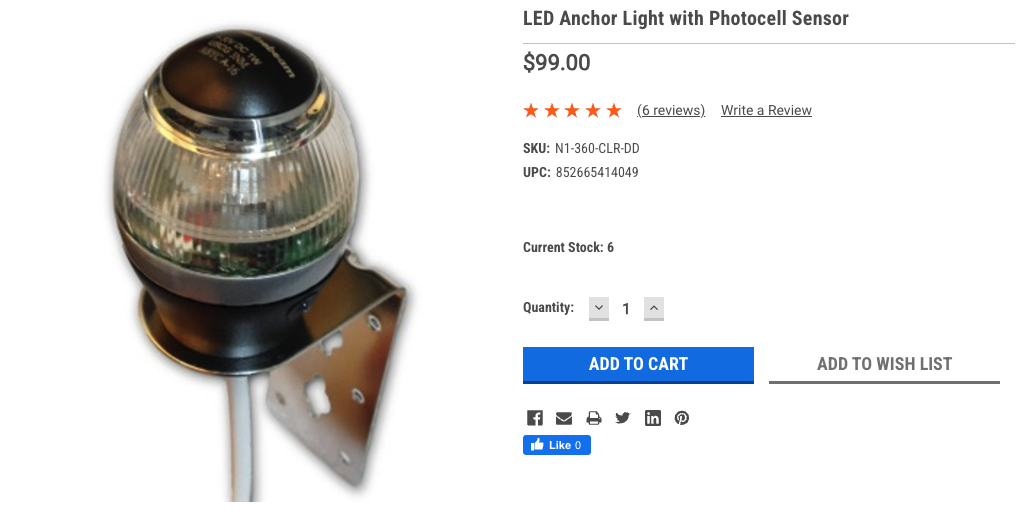
I decided to pursue a path less traveled.
Back on land, our house has been "smart" for many years. As an early adopter of both home automation tech, I've been through most of the protocols (z-wave, zigbee, bluetooth low energy, lorawan, etc) and I've been through several controller hubs (smartthings, wink, crestron, openHAB, home assistant).
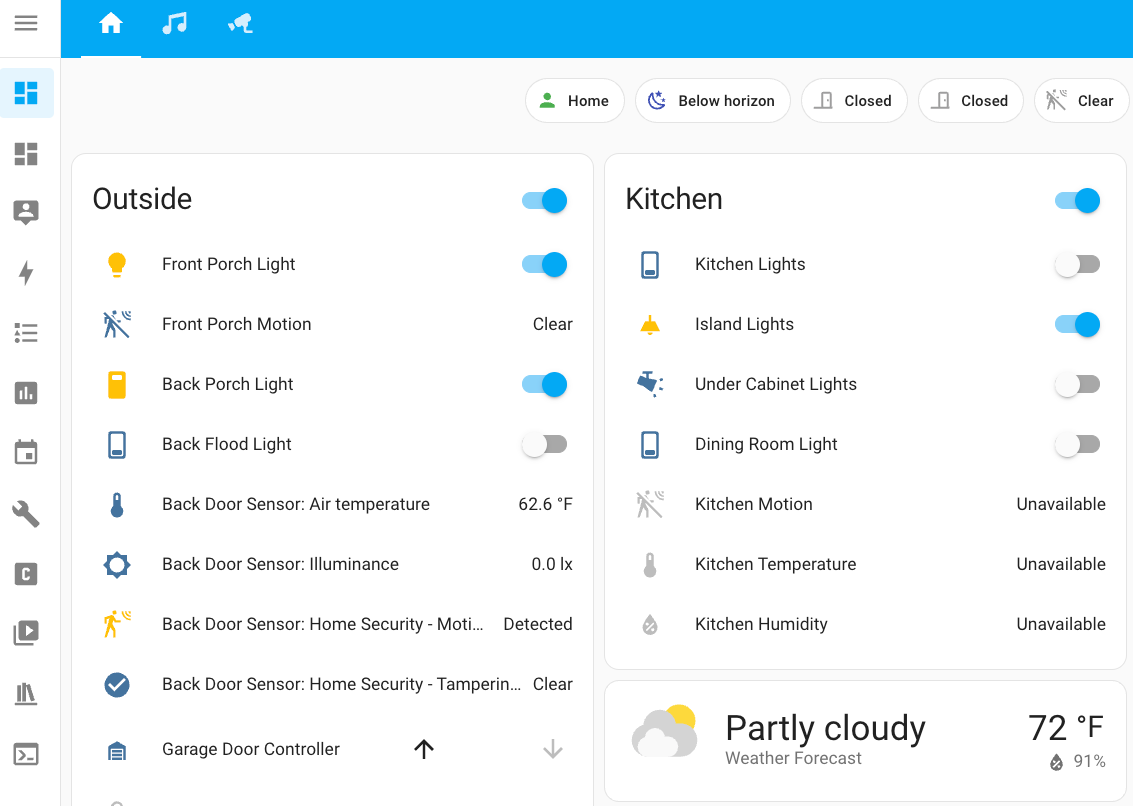
My original plan for Yoto was to use very expensive and proprietary CZone devices for automation. In fact, I purchased a number of devices used on ebay and shipped them to Grenada for installation as a lower priority project on the list. After spending a couple hours using the Mastervolt/CZone hardware/software to connect to the devices and getting a good understanding of how they worked, I realized it would be quite a large effort to do something as simple as automating our anchor light circuit.
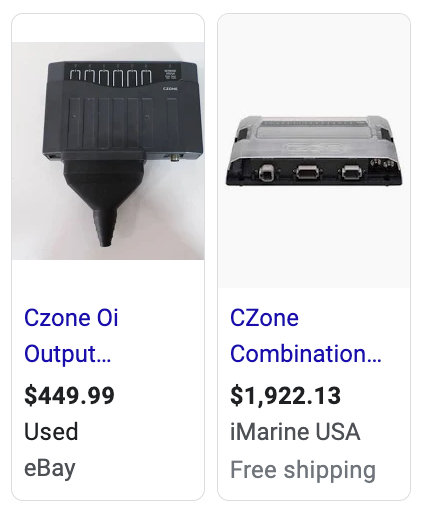
For example, it would involve re-wiring quite a lot of our electrical distribution panel, make our physical switch in-operable (without even more re-wiring) and required a czone device that had an internal clock. The simple switching czone component I had planned on using did not have an internal clock. Luckily, I realized this before re-wiring everything and although I did have a fancier czone device with an internal clock, my decision to pause and evaluate my choices ended up being worthwhile.
One of the backup plans for navigation had been to ship a raspberry pi loaded with openCPN to the boat. I've never been a big fan of openCPN and ended up purchasing TimeZero and with that and the built in Raymarine equipment - the pi had sat unused. After looking into what it might take to use my "home automation" knowledge and Home Assistant to solve my anchor light problem, I purchased two items from Amazon and had them shipped to St. Thomas.

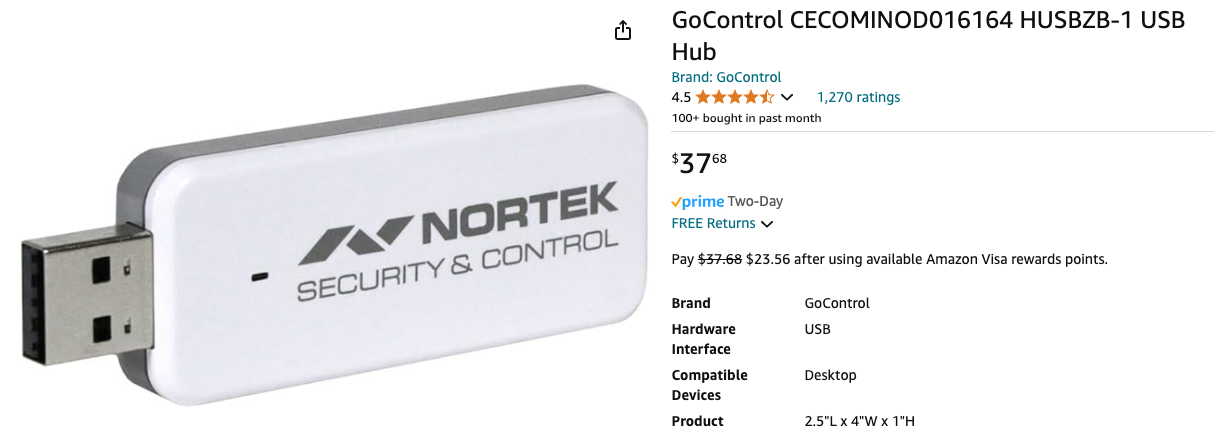
I only needed one of the two - but the items were a Nortek Zigbee/Z-Wave usb adapter and a Shelly switch that was rated for DC loads. It turns out the Shelly device uses wi-fi, so the adapter was unnecessary for now.
After 5 mins of wiring a bypass "switch" in addition to the physical anchor light switch, I could control the anchor light via wi-fi with the Shelly app. However, I wanted the full functionality of Home Assistant (HA), so I installed that on the rpi and added the new Shelly switch to HA.
From there, it was a very familiar and easy path to creating an automation to turn the anchor light on sunset and off at sunrise. Connecting HA to Nabu Casa enabled remote access and there was quite a bit of joy being ashore and checking that the anchor light was, in fact, on.
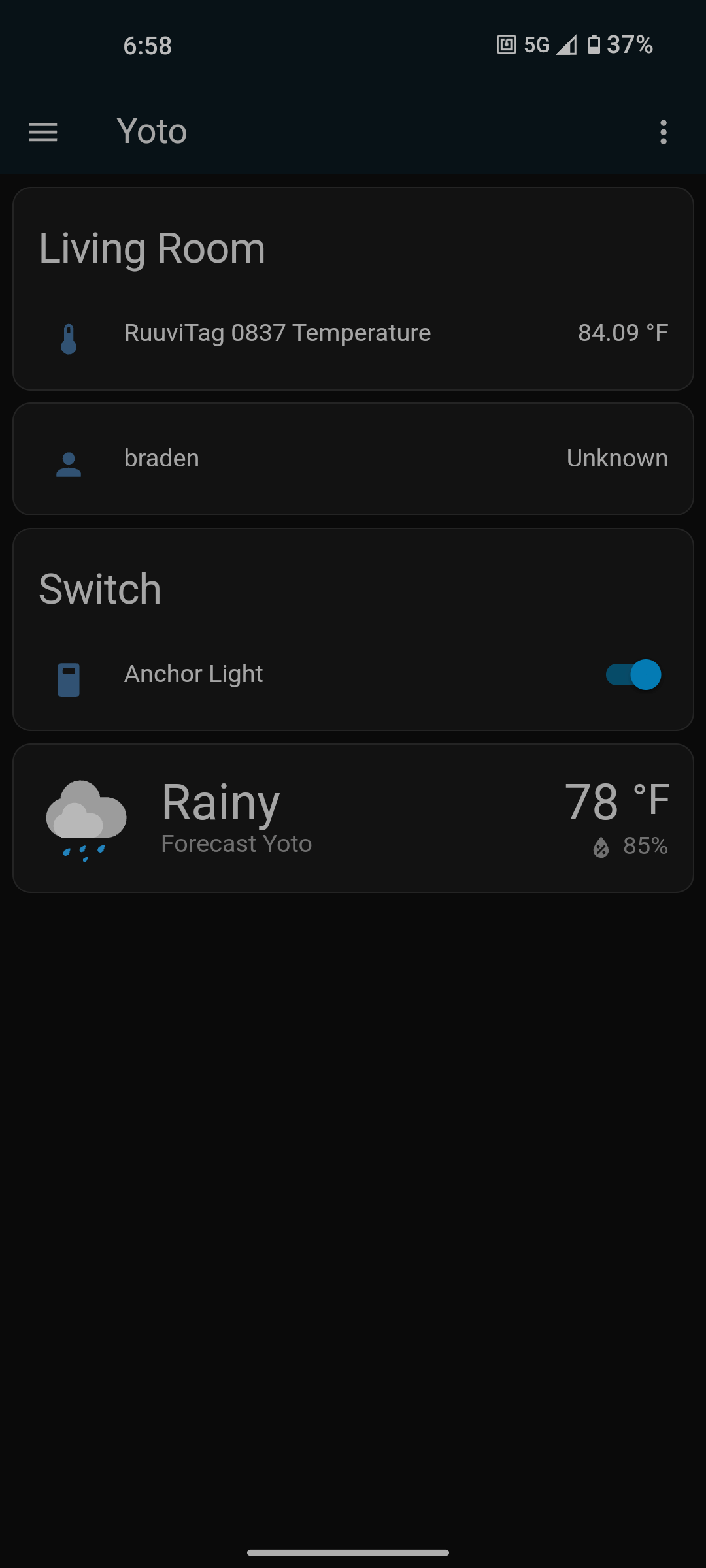
But the most satisfying action was hopping the dinghy at the dock, at night, and toggling the anchor light on and off remotely to see which towering mast was ours in the inky darkness of a crowed harbor in Charlotte Amalie.
The anchor light was a nice victory, but the real promise of HA is quite extensive on the boat. The screenshot was a very early iteration and we already had a Ruvi temperature tag and a local weather on the app. NMEA2K data is on the list to add along with many more automations.
During the course of this project I did some googling and found really only one person who had posted anything in depth on doing this type of thing and he's much farther along with some good ideas/guides: https://boathackers.com/




